7 Basic Commands Every Dog Should Know for a Well-Behaved Pet
Training your dog is a critical aspect of pet ownership that ensures your furry friend is well-behaved and safe. A set of core commands forms the foundation of any effective training routine, providing your dog with the structure and discipline necessary for good behavior. These basic commands not only improve obedience but also foster a stronger bond between you and your puppy by enhancing communication and mutual respect.
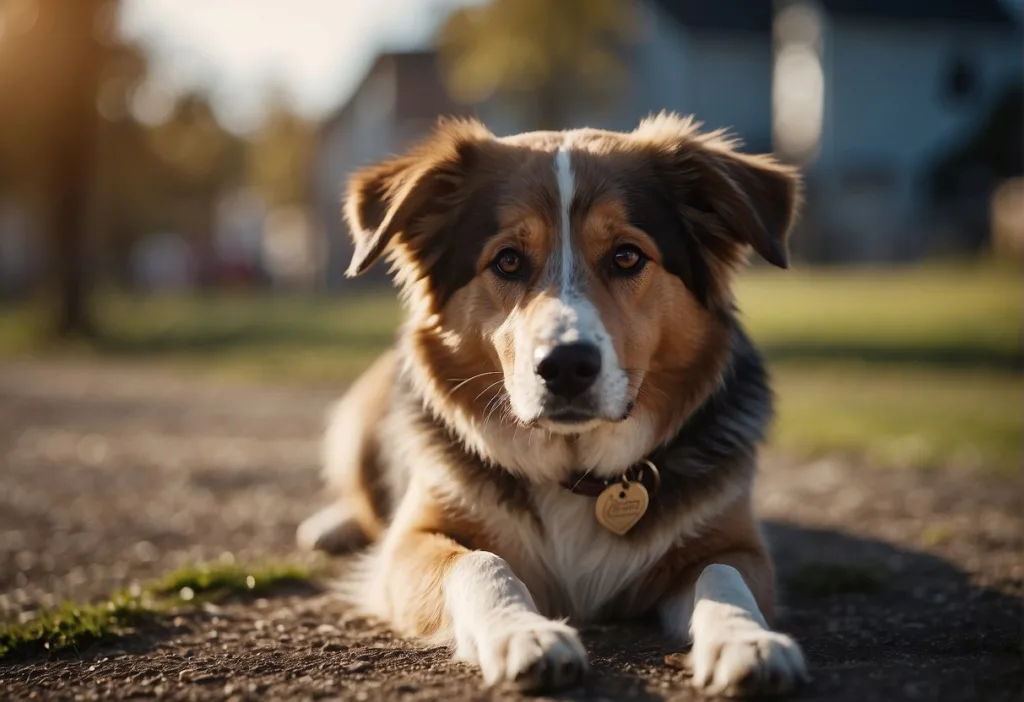
Obedience training with these commands should start early in a dog’s life, but it’s never too late to teach an old dog new tricks. Each command serves a practical purpose: they manage canine behavior in public spaces, improve social interaction, and can even be life-saving in dangerous situations. The most important commands include cues that help control your dog’s movement and attention in various scenarios, whether it’s sitting calmly during a vet visit or coming to you when called at the park.
Given the right approach and consistency, teaching your dog these essential commands can be a rewarding experience. It’s important to approach training with patience and positive reinforcement, as these methods are proven to be the most effective and beneficial for your dog’s learning process. Allowing your dog to succeed and then rewarding them increases their eagerness to learn and their ability to follow your guidance.
Essential Principles of Dog Training
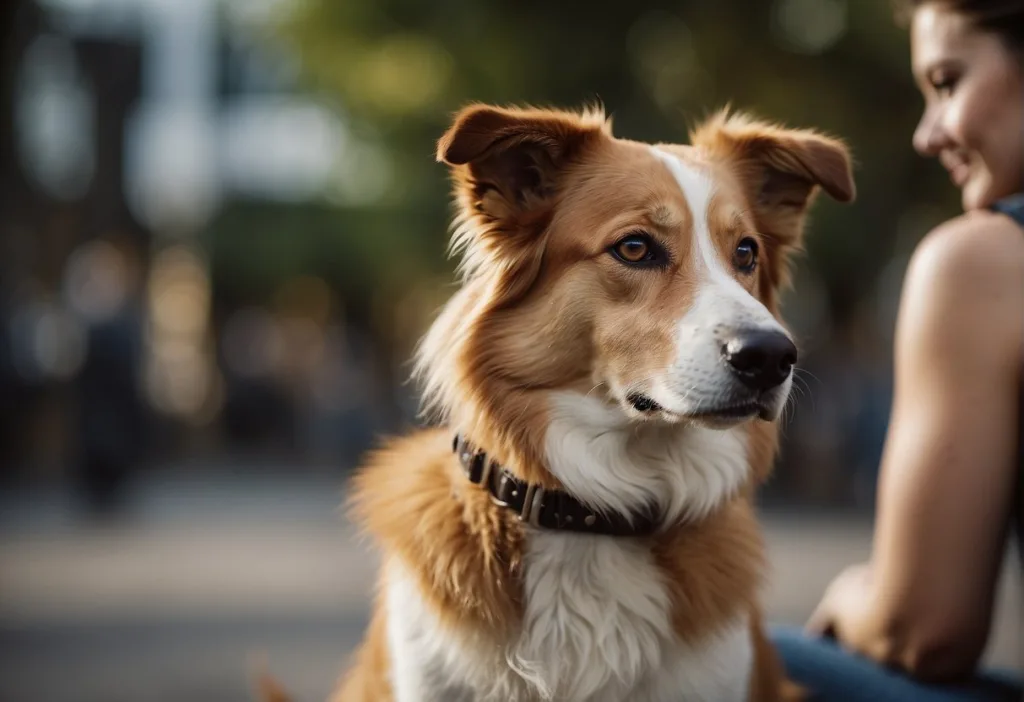
Before you begin training your dog, it’s vital to understand the foundational elements that contribute to effective learning. Your approach will significantly influence your dog’s ability to learn and respond to commands.
Understanding Positive Reinforcement
Positive reinforcement is a powerful method in dog training. It involves the addition of a pleasant stimulus immediately following a desired behavior, increasing the likelihood that the behavior will be repeated. Whenever your dog executes a command correctly, promptly reward them with something they value, like treats or verbal praise or a toy or even affection, if that is of high value to them. This reinforces their behavior and encourages them to continue following your instructions.
Importance of Consistency
Consistency in training is imperative. Ensure that you use the same commands and reward system each time. This means always rewarding a correct response and not changing the rules mid-training. If you tell your dog to “sit” and they comply, consistently providing a reward helps cement the command. Additionally, everyone interacting with your dog should use the same cues and reward protocols to avoid confusion.
Patience and Timing
Patience is a cornerstone of effective dog training. Dogs learn at their own pace, and showing frustration can impede the process. Be patient and give your dog your full attention during training sessions. Timing is also crucial; you should deliver rewards within seconds of the desired behavior. This helps your dog make the correct association between the action and the positive reinforcement.
Core Commands Every Dog Should Learn
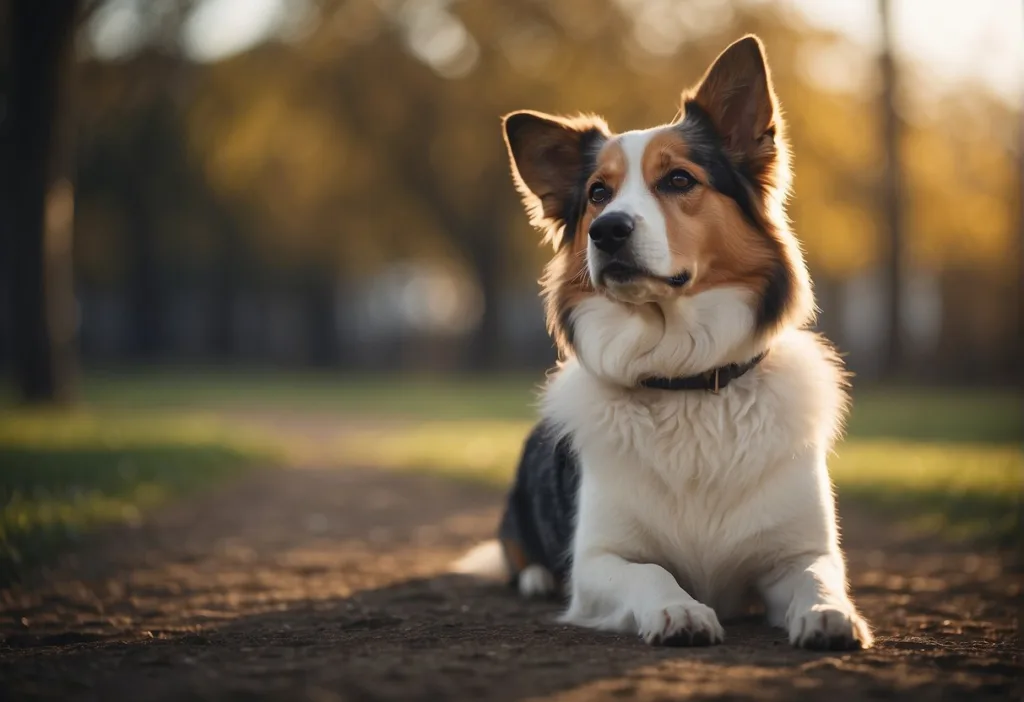
Training your dog with core commands is essential for their safety and your peace of mind. These commands create a structure for communication between you and your pet, making it easier to manage them in various situations.
The ‘Sit’ Command
The ‘Sit’ command is where you should start—it’s one of the most fundamental commands for any dog. It’s important when you need your dog to settle down or stay in one spot temporarily.
The ‘Down’ Command
Next is the ‘Down’ command. Teaching your dog to lie down on command is useful for controlling their movement, especially in situations where ‘Sit’ might not be enough to prevent jumping or running off.
The ‘Stay’ Command
The ‘Stay’ command teaches your dog to remain in a certain spot, which can be crucial for preventing them from wandering into dangerous areas. A dog who masters the ‘Stay’ command can be patient and controlled even when you’re out of sight.
The ‘Come’ Command
Establishing a reliable ‘Come’ command could be a lifesaver, calling your dog back to you in risky situations. It’s all about getting your dog to return to you, despite distractions.
The ‘Heel’ Command
The ‘Heel’ command ensures your dog walks beside you, not pulling on the leash or leading the way. This is particularly important for maintaining control during walks in crowded or potentially harmful environments.
The ‘Leave It’ Command
Lastly, ‘Leave It’ is an indispensable cue for your dog to ignore or drop whatever they’re focused on or holding—it’s a vital part of avoiding ingestion of harmful objects or interactions with unknown animals.
Training for Behavior and Manners
Proper training is essential for teaching your dog to have good manners, respect boundaries, and obey your commands. This section will focus on addressing specific behaviors that commonly challenge dog owners, including inappropriate chewing and excessive barking, as well as teaching crucial commands like ‘No’ and ‘Off’.
Teaching ‘No’ and ‘Off’
‘No’ is a fundamental command for halting unwanted behaviors, while ‘Off’ instructs your dog to remove themselves from furniture or people. Start with a firm, clear voice when giving these commands. Reward compliance immediately to reinforce the correct action. If your dog jumps on the couch, say “Off” and guide them gently to the floor, then praise when all four paws are on the ground.
Stopping Inappropriate Chewing
Dogs explore the world with their mouth, and this can lead to chewing on inappropriate items. To curb this, provide your dog with plenty of chew toys and when you catch them chewing on something they shouldn’t, replace the object with the toy. Consistency in this practice teaches them what is acceptable to chew on.
Curtailing Barking
Barking is natural for dogs, but it can become problematic. When your dog barks inappropriately, calmly say “Quiet” and wait for them to stop barking. Offer a treat as a reward for silence. If barking persists, a Time-Out procedure can effectively convey the message that barking leads to less freedom and attention.
Handling Distractions and Public Settings
Training your dog to manage distractions and behave in public settings is crucial. A well-trained dog can navigate through crowds, be calm around traffic, and respond to your commands despite distractions.
Training for Walking Calmly on a Leash
Teaching your dog to walk calmly on a leash is the first step towards mastering public outings. Begin in a controlled environment and gradually introduce distractions. Your goal is to have your dog maintain a loose leash even when faced with the movement of people or other pets. Practice consistently and reward your dog for ignoring distractions and focusing on you.
Commands for Public Spaces
In public spaces, safety commands are essential. Make sure your dog understands commands like “sit” and “stay,” especially when crossing the street. These commands help your dog navigate through public areas safely and prevent them from jumping on people or darting into traffic. Reinforce these commands frequently in different locations to ensure your dog’s reliability.
Off-Leash Control
Having off-leash control over your dog in a public setting is vital. It adds an extra layer of safety for both your dog and those around them. Always start off-leash training in a secure area and progress to areas with more distractions. Key commands like “come” and “leave it” are crucial in maintaining control and ensuring your dog’s safety off-leash. Remember, off-leash access is a privilege that depends on your dog’s consistent response to your commands, no matter the environment.
Advanced Training and Fun Tricks
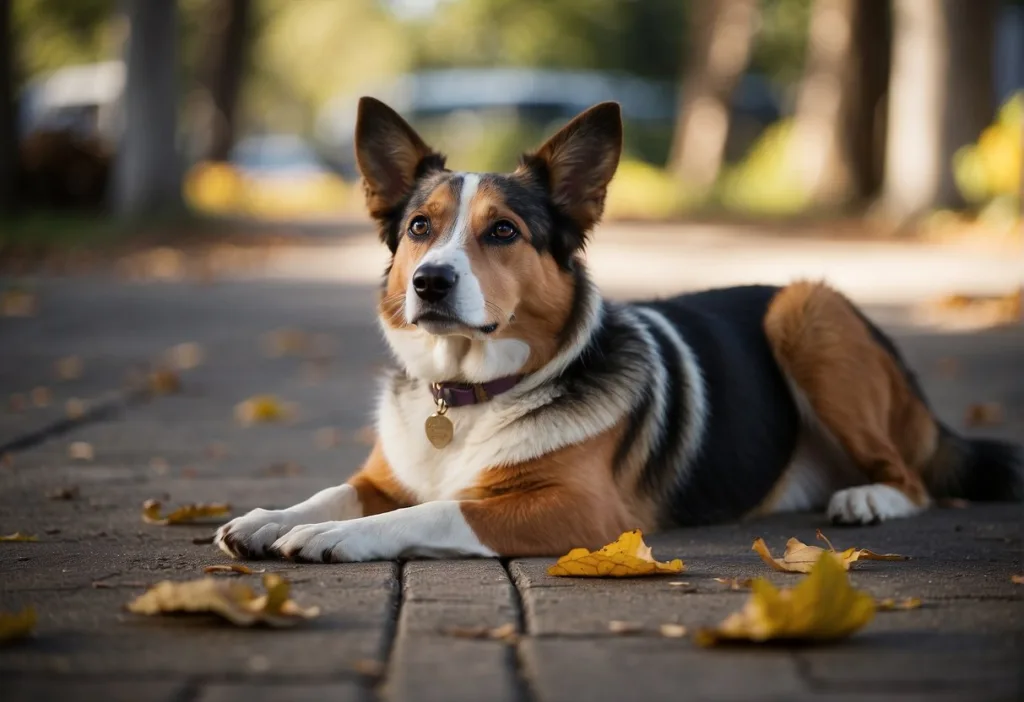
Once your dog has mastered the basics, stepping into advanced training and fun tricks can greatly enhance their obedience and provide mental stimulation. Let’s dive into teaching advanced commands that not only add to your dog’s skill set but also fortify the bond between you both.
Teaching ‘Place’ and ‘Move’ Commands
Place commands instruct your dog to go to a specific spot and stay there until released. Start by choosing a mat or bed as the ‘place’ and lead your dog to it with a treat, using the command “Place.” Reward them once they’re calmly in position. This command comes in handy when someone knocks on your dog and you want your dog to go to their crate or mat.
The Move command signifies your dog should shift out of your way. Guide your dog away from you using a treat, pairing it with the “Move” command, and provide a reward for successful execution.
Playing Fetch and Teaching ‘Drop It’
Fetch is an exciting game and also an exercise in obedience. When you throw an item, use the command “Fetch,” and once your dog retrieves it, introduce “Drop it”. Hold a treat close to their nose; when they open their mouth to take the treat, say “Drop it,” and reward them. This trade-off encourages them to release the item promptly in future games.
Trick Training for Mental Stimulation
Trick training is both entertaining and mentally enriching for your dog. Tricks such as roll over, spin, or high-five, not only impress onlookers but keep your dog’s mind active. Start with simple actions, reward them with treats, and patiently repeat until your dog responds to verbal cues or hand signals. Over time, these tricks become a fun part of your interaction and an impressive display of your dog’s talents.
American Kennel Club (AKC) Dog Training Designations
The AKC has developed the AKC Family Dog Program which is a comprehensive good manners series that can improve behavior and form the foundation your dog needs to participate in other AKC Sports or just show that you have a very well trained dog. The AKC Family Dog Program includes the following:
AKC S.T.A.R. Puppy: AKC S.T.A.R. Puppy is an exciting program designed to get dog owners and their puppies off to a good start. AKC S.T.A.R. Puppy is an excellent first in-person training class for puppies. AKC S.T.A.R. Puppy provides a good lead-in to earning the Canine Good Citizen title.
Canine Good Citizen (CGC) : Canine Good Citizen is a 10-skill test that teaches good manners to dogs and responsible dog ownership to their owners.
AKC Community Canine (CGCA): As with CGC, AKC Community Canine has a 10-step test of skills that dogs must pass to earn the official AKC Community Canine title. This is a title that appears on the dog’s title record at AKC.
AKC Urban Canine Good Citizen (CGCU): AKC Urban CGC requires that the dog demonstrate CGC skills and beyond in a setting that includes traffic, crowds, noises, smells and other distractions that are present in a city or town. As with Canine Good Citizen, AKC Urban CGC is a 10-step test of skills that dogs must pass to earn the official AKC Urban CGC title. This is a title that appears on the dog’s title record at AKC.
AKC Trick Dog: Do you and your dog love to be the life of the party by showing off his arsenal of tricks? Then he might be perfectly primed to earn AKC Trick Dog titles!
AKC Therapy Dog: Therapy Dog is an AKC program which recognizes the necessary therapy work performed by dogs through accepted organizations based on the number of visits. Therapy work involves volunteers who schedule visits to various facilities and locations such a nursing homes, classrooms, libraries, assisted living centers, hospices, funeral homes, schools, shelters even courtrooms.
AKC FIT Dog: Now more than ever, fitness is important for both dogs and people. The most commonly recommended exercise to improve fitness is walking. Walking is considered a safe activity that improves muscular strength, circulation, memory, weight loss, increases energy, helps with sleep, and reduces stress. The American Heart Association recommends walking a minimum of 150 minutes per week. Participation in the AKC FIT DOG program will bring health benefits to both you and your dog.
AKC Virtual Home Manners (VHM):The Virtual Home Manners tests assess ten skills that well-mannered pet dogs need in the home setting. The skills relate to the dog owner having control over the dog, being able to walk the dog (which is one of the most frequently cited activities that owners want to do with their dogs) and developing a bond with the dog during playtime.
My own dog, Cambrie, has the CGC, Urban CGG and Trick Dog designations. We are currently work on Fit Dog and Therapy Dog.
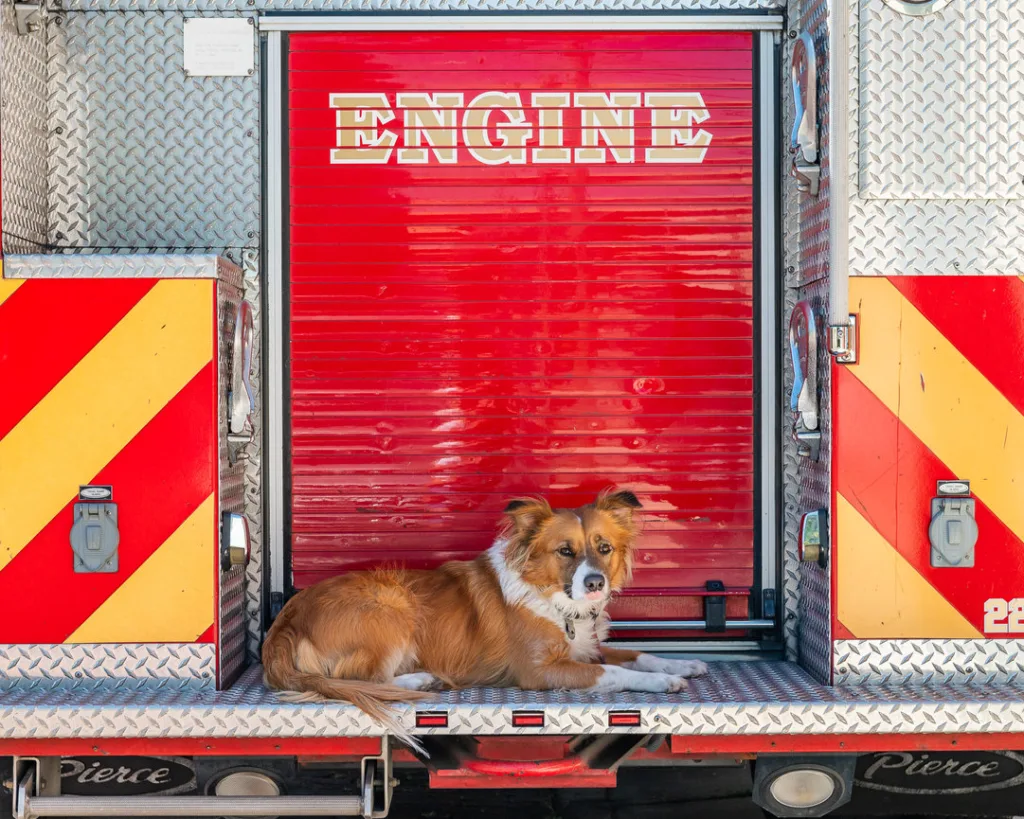
Regardless of whether you want your dog to be involved in the AKC Family Dog Program or you just want a well behaved dog, training is benefit for every dog.
If you are overwhelmed at the thought of training your dog, there are multiple good trainers in almost any area. The AKC has a list of evaluators, local SPCA and other rescues usually have a list of trainers, or you can go to a private trainer like Beyond the Leash (BTL) in Orlando. Cambrie has received all her training through BTL and also attends their daycare. They are an excellent training group and every trainer is amazing. I highly recommend them.
Consistency is the cornerstone of effective dog obedience training. Make sure to practice these commands in different environments and situations to help your dog generalize their learning. Whether it’s a simple “sit” or a reliable recall, consistency in training will lead to a well-behaved and responsive furry friend that you can be proud of.




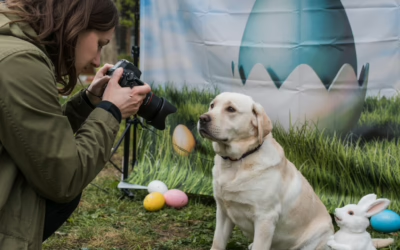
Recent Comments